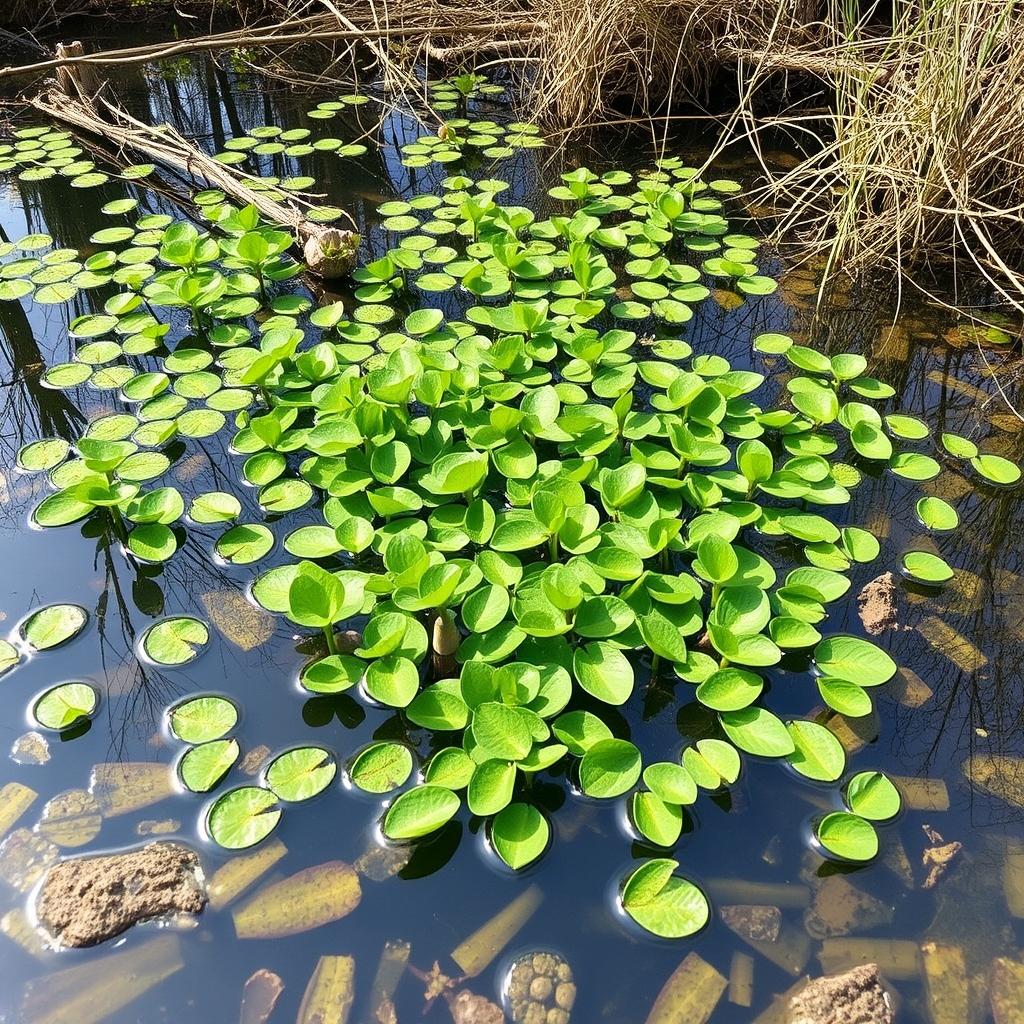Ecoconstruction Into Sustainable Building Practices
In the vast and complex world of construction, one aspect remains a constant: waste. From the rubble of demolished structures to the surplus materials from new projects, construction sites are often a hotbed of potential landfill material. But what if we could turn this waste into a valuable resource? This is the premise of ecoconstruction.
Unpacking Ecoconstruction
Ecoconstruction is a sustainable approach to building that seeks to minimize waste and promote recycling. It involves using waste materials from other worksites as bases under concrete, filling formation gaps before concrete is poured over them. This innovative method not only reduces the amount of waste destined for landfill but also decreases the demand for new materials, thereby conserving natural resources.
Rubble From Waste To Resource
Rubble, a common byproduct of demolition, is often seen as a nuisance. However, in the realm of ecoconstruction, it becomes a valuable resource. The rubble can be crushed and used as a base for new constructions, providing a sturdy and durable foundation. This process not only saves on the cost of new materials but also reduces the environmental impact of transporting fresh materials to the site.
Beyond Rubble To The Potential Of Other Waste Materials
The scope of ecoconstruction extends beyond rubble. Other waste materials such as metal scraps, wood chips, and even plastic can be repurposed in the construction process. These materials can be incorporated into the concrete mix or used as a base, providing additional strength and durability to the structure.
Road Base In Ecoconstruction
One of the most compelling applications of ecoconstruction is in the creation of road bases. Traditionally, road bases are made from a mixture of stone, sand, and other aggregates. However, ecoconstruction allows for the use of recycled waste materials in the creation of these bases.
For instance, crushed concrete, brick, and asphalt can be used as a substitute for traditional road base materials. These recycled materials can make up a significant portion of the road base – in some cases, up to 100%. This not only diverts waste from landfills but also reduces the need for quarrying new materials.
Ecoconstruction & Pioneering A Sustainable Future With Waste Materials
In the ever-evolving landscape of construction, one element has remained a constant: the generation of waste. From the rubble that remains after the demolition of old structures to the surplus materials that are left over from new projects, construction sites have often been synonymous with potential landfill material. This waste, however, need not be seen as a problem. Instead, it can be viewed as an opportunity – a resource that can be harnessed and put to good use. This is the transformative idea at the heart of ecoconstruction.
Ecoconstruction is a revolutionary approach to building that seeks to minimize waste and promote recycling. It involves using waste materials from other worksites as bases under concrete, filling formation gaps before concrete is poured over them. This innovative method not only reduces the amount of waste destined for landfill but also decreases the demand for new materials, thereby conserving natural resources.
Securing Long-Term Waste For A Better Future
One of the most significant advantages of ecoconstruction is its ability to secure long-term waste for a better future. By repurposing waste materials, we can prevent them from ending up in landfills where they can take hundreds of years to decompose. Instead, these materials are given a new life in the form of sturdy and durable constructions.
This approach not only helps to reduce the environmental impact of construction but also contributes to a more sustainable future. By securing long-term waste, we can help to reduce the strain on our planet’s resources and pave the way for a more sustainable and environmentally friendly construction industry.
Why Ecoconstruction Is Better Than Landfill Disposal
Landfills, often referred to as ‘tips’, have long been the go-to solution for disposing of waste, including construction debris. However, this method of disposal has significant environmental and economic drawbacks. Here’s why ecoconstruction is a better alternative:
Environmental Impact
Landfills contribute to environmental degradation in several ways. They take up valuable land space, cause pollution, and can lead to groundwater contamination. Moreover, as waste decomposes in a landfill, it releases methane, a potent greenhouse gas that contributes to climate change.
In contrast, ecoconstruction repurposes waste, reducing the amount of rubbish sent to landfills. This not only helps to conserve land but also minimizes pollution and the emission of greenhouse gases.
Resource Conservation
Landfills represent a loss of resources. Materials that could be reused or recycled are instead buried and forgotten. On the other hand, ecoconstruction views waste not as rubbish, but as a valuable resource. By reusing and recycling waste materials, we can reduce the demand for new resources, leading to more sustainable construction practices.
Economic Efficiency
Disposing of waste in landfills is not just environmentally harmful; it’s also economically inefficient. Waste disposal fees and the cost of transporting waste to landfills can add up. Ecoconstruction, by reusing waste on-site or nearby, can significantly reduce these costs.
Building a Sustainable Future
Ecoconstruction represents a shift in how we view and handle waste. Instead of seeing it as rubbish to be disposed of, we see it as a resource to be harnessed. By choosing ecoconstruction over landfill disposal, we’re not just building structures; we’re building a more sustainable and environmentally friendly future.
The Impact of Ecoconstruction
The benefits of ecoconstruction are immense. By using waste materials, we can reduce the demand for new resources, thereby helping to preserve our natural environment. Additionally, ecoconstruction can lead to significant cost savings, as the cost of waste disposal and new materials is reduced.
Joining the Discussion
Ecoconstruction is more than just a trend; it’s a movement towards a more sustainable and responsible way of building. By joining the discussion and advocating for ecoconstruction, we can help to drive this movement forward and build a more sustainable future.
To keep up with the latest trends and discussions in ecoconstruction, follow these hashtags: #Ecoconstruction #SustainableBuilding #WasteToResource #GreenBuilding #Recycle #Sustainability #EcoFriendly #WasteReduction #Construction #Environment #Reuse #Recycling #Green #Eco #SaveThePlanet
By embracing ecoconstruction, we can turn waste into a resource, paving the way for a more sustainable and environmentally friendly construction industry.


















Leave a Reply